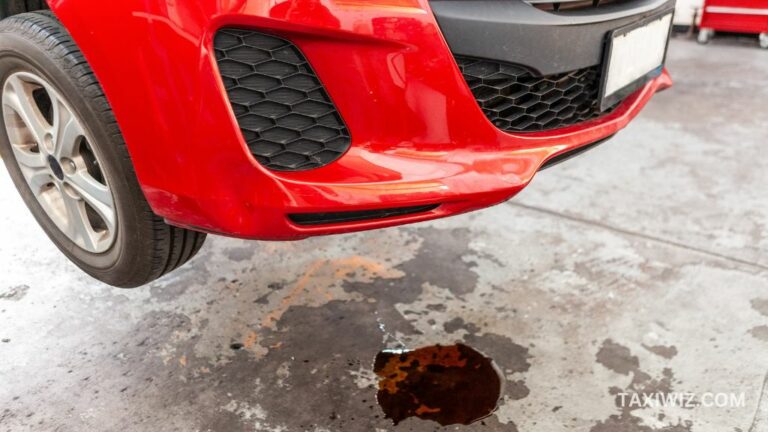Bad Radiator Cap Symptoms and Inspection
Radiator caps are essential components of a vehicle, and it plays a significant role in the cooling system. So, what happens when a radiator cap malfunctions?
It can lead to problems such as:
- Overheating
- Overflow of the coolant
- Loss of coolant
- False readings of the radiator’s internal pressure
This is why it’s important to fix a bad radiator as soon as you get the whiff of it. Here, we’ll discuss bad radiator cap symptoms so you know exactly when to get a replacement. Let’s get right to it.
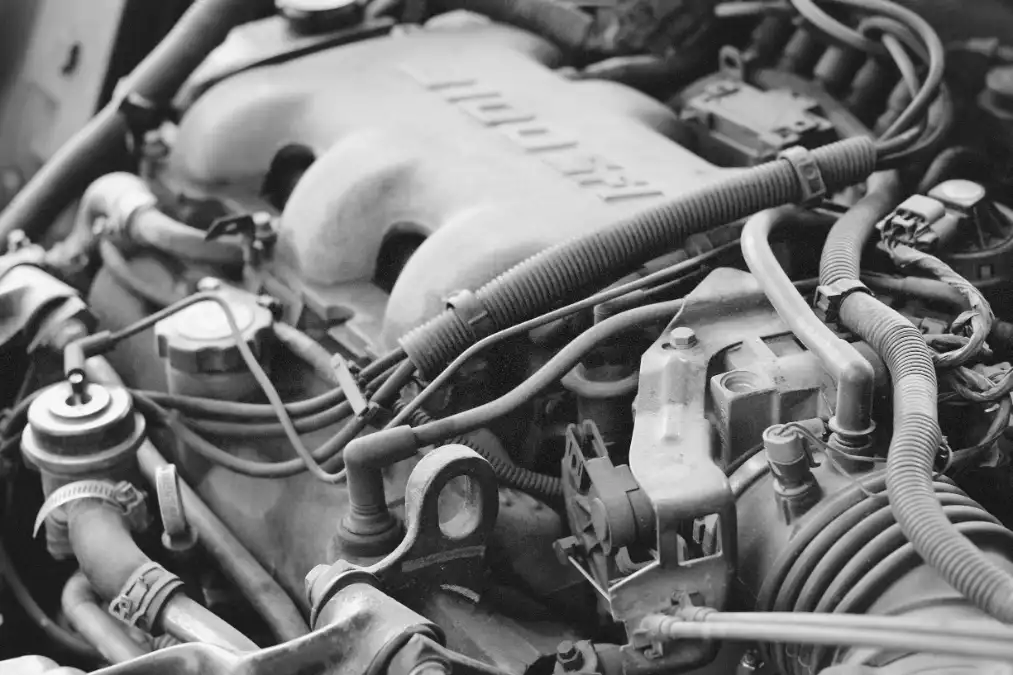
Bad Radiator Cap Symptoms
Here are the symptoms of having a bad radiator cap, hopefully, cross-checking these will help you figure out what you’re dealing with.
Coolant Leak
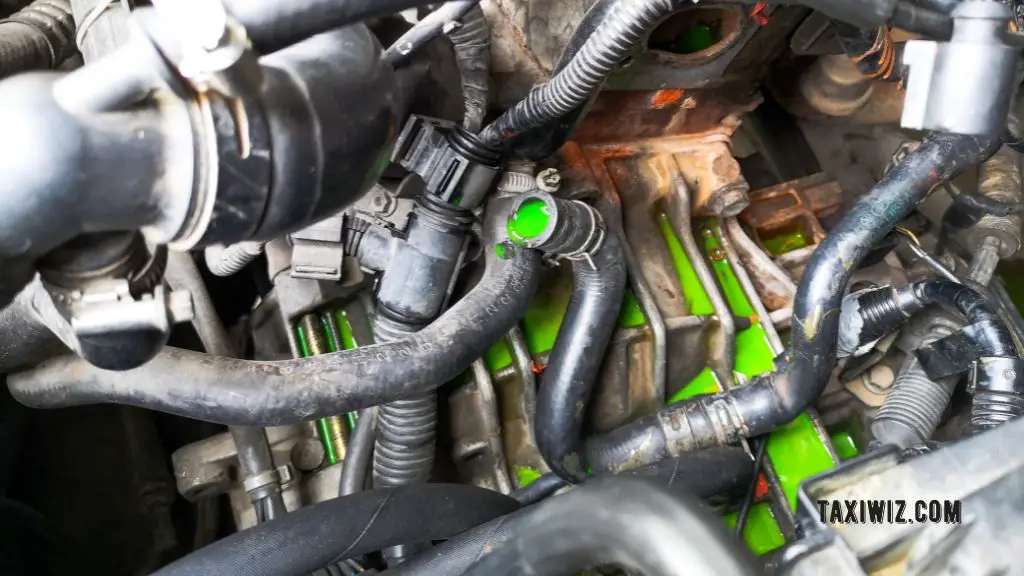
It’s a common mistake to install a radiator cap that holds more pressure than necessary. In these cases, you’re likely to experience a coolant leak. However, this isn’t the only case where you may suffer from this.
If the radiator cap malfunctions for some reason, it may fail to disperse excess pressure out of the system after the system reaches the target pressure.
So, as soon as the system has more pressure than it can handle, the liquid coolant tries to figure out a way through which it can escape.
The coolant looks for the opening with the least resistance, and it usually pours out through the gasket, hose, water pump, or through leaks on the radiator.
You can make the vehicle leak further coolant for verification. To do so, you need to warm the vehicle up first. Take it out for a drive.
Maintain an average speed of 40kmph and drive for around 20 minutes, and that should be enough to heat the vehicle up.
Then, look for coolant leaks under the head. Depending on the vehicle and type of coolant used, you may see orange, red, yellow, bright green, or even blue liquid.
In some cases, if the engine is overworked, it may disperse the coolant in the form of steam even.
Engine Overheat
Yes, a bad radiator cap can definitely cause your engine to overheat. A bad radiator cap can allow air to enter the cooling system, which creates air pockets inside the cooling system which was supposed to be vacuum.
Air pockets prevent sufficient pressure from building up inside the system.
This ends up lowering the boiling point of the coolant, so eventually, the coolant fails to absorb excess heat produced by the engine. Ultimately, the engine temperature rises.
Torn Radiator Hose
One of the worst things about a bad radiator cap is that, it can cause further damage to other components of the cooling system as well.
An ineffective seal can lead to pressure fluctuations in the cooling system, and these fluctuations can damage other components.
The hoses of the radiator are often affected by a bad radiator cap. If the pressure gets too low inside the cooling system, it leads to a vacuum and ends up collapsing one or multiple hoses.
On the other hand, the radiator might even get over-pressurized, which can lead to cracks in the hoses.
In this case, you need to heat up the vehicle engine as mentioned before. Once you’re done driving it for a specific period, let the engine rest so it may cool down.
Now, you need to pinch the hoses where you suspect a leak. If the hose actually has a crack on it, you’ll find some coolant leaking out of the crack once pinched.
Low Level of Coolant Due to Evaporation
In certain cases, you even see steam coming out of your engine.
This happens as the coolant’s boiling point drops and the engine heats up more, the coolant evaporates and escapes the system through the opening left by the bad radiator cap.
As the coolant escapes, the system is left more and more ineffective with every ride. After a certain point, the coolant level will dip below the recommended level, rendering your vehicle non-functional.
The Coolant Overflows
Coolant overflow and leak may sound similar, but these are completely different phenomena.
n case of an overflow, you’ll find excess coolant moving to the reservoir without the trigger of the pressure. This can lead to additional problems such as the creation of air pockets, inaccurate readings, etc.
Related Post: Does the Radiator of a Car Pull Coolant from the Reservoir?
How to Inspect Radiator Cap for Fault
Let’s say that you’re facing one or multiple of the symptoms that we’ve mentioned right now.
Even then, there’s no saying that you’re suffering from a bad radiator cap. Vehicles are very complicated and different components can lead to similar symptoms.
Visual Inspection for Debris
So, it’s important to check the component itself for fault. To check the radiator cap, you need to remove and inspect it.
Before you get into that, remember that you’ll suffer from burn damage if you try to open the seal while the vehicle is running, because the radiator usually heats up a lot.
It’s wise to let your vehicle idle while turned completely off before you attempt to open the seal.
The first thing you look for is debris stuck on the radiator cap. Sometimes, the dirt and grime can prevent the cap from creating an effective seal, which ultimately leads to the mentioned problems.
In such cases, simply cleaning the radiator cap will solve the issue. If the radiator cap still fails to create an effective seal or if it seems broken completely, then you’ll need to get it replaced.
When looking for an aftermarket radiator cap, it’s important to make sure that the cap meets the required pressure specifications of your vehicle.
Otherwise, you’ll end up creating low or high pressure inside the cooling system.
Pressure Testing
If you keep facing these problems even after making sure the radiator cap is well functioning, then it’s time to check the reservoir for cracks and other potential leaks.
Firstly, check the pressure of the system with a pressure tester. Let the engine cool down, and open the hood to find the radiator cap. Now, attach a pressure tester to the neck of the radiator or at the joint where the cap is installed.
You need to look into the vehicle’s manual to find the recommended pressure for the radiator, which is usually somewhere between 13 to 16 psi. Pump the tester till it reaches that point.
Once there, stop pumping, but keep an eye on the gauge and let it rest for a while. If the pressure goes down within a few minutes, then you can be certain that there’s a leak in the system.
However, it doesn’t necessarily signify that the radiator cap is faulty.
Cracks in the reservoir, hoses, or gasket can lead to similar symptoms. So, if you’re confident that the cap is well functioning, you’ll need to check the other components as well.
Changes in Coolant Level
In case of a bad radiator cap, there’s a high chance that the coolant level will drop after a certain time. So, if you’re suspecting a bad radiator cap, you should keep an eye on the coolant level.
If you find a significant drop in the coolant level within a short time, there’s high chance the radiator cap is faulty and needs a replacement.
Coolant Smell
A leaking radiator usually leaves a smell of coolant behind. So, if you’re around your car and can smell coolant, you better take a look at the radiator cap.
Related Post: Should the Radiator Fan Turn on When AC is on?
Frequently Asked Questions [FAQs]
How Much Does It Cost to Replace Radiator Cap?
Replacing a radiator cap is usually inexpensive, as it should cost you $25. However, you’ll need to spend more if you want an advanced radiator cap with a built-in coolant temperature sensor.
How Often Should You Change Radiator Cap?
Radiator caps are built sturdy, but it’s best if you replace them every five years. This way, you can ensure maximum engine health and longevity.
Does The Radiator Cap Release Pressure?
Yes, the radiator cap is designed to release pressure once the internal pressure goes beyond the specified point.
Conclusion
Bad radiator cap symptoms aren’t hard to read. The problem is, these symptoms don’t necessarily indicate a faulty radiator cap, as they can be caused by leaks in the cooling system in general.
If you keep experiencing the mentioned symptoms even after successfully fixing or replacing the radiator cap, you should check other components that may be causing the leak.

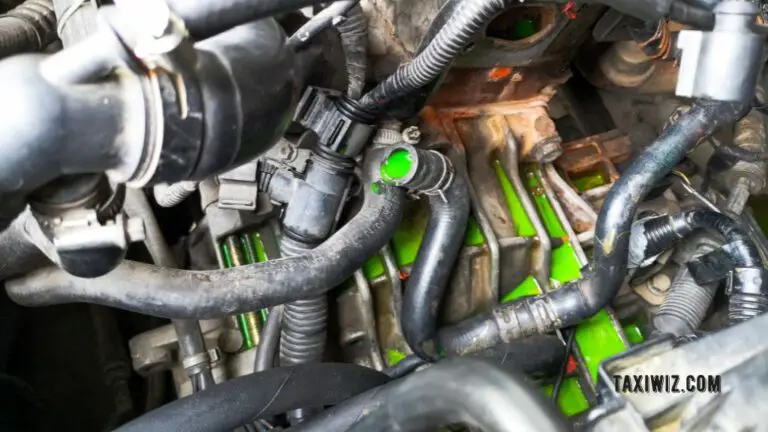
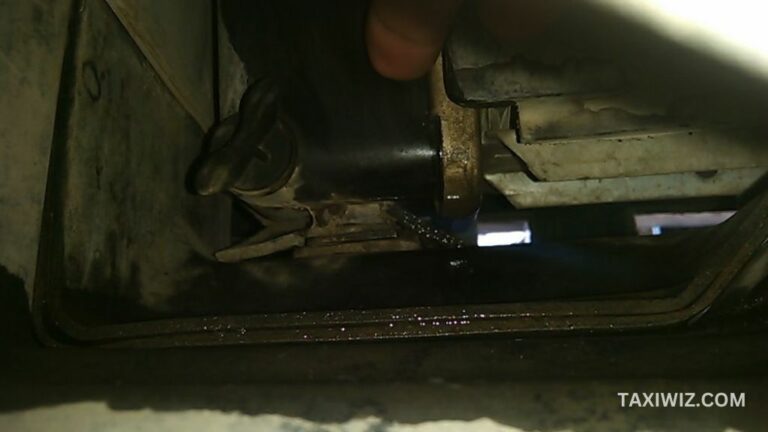

![Serpentine Belt Noise When Accelerating – [Try This Easy Fix!]](https://taxiwiz.com/wp-content/uploads/2023/08/Serpentine-Belt-Noise-When-Accelerating-problems-768x426.jpg)
